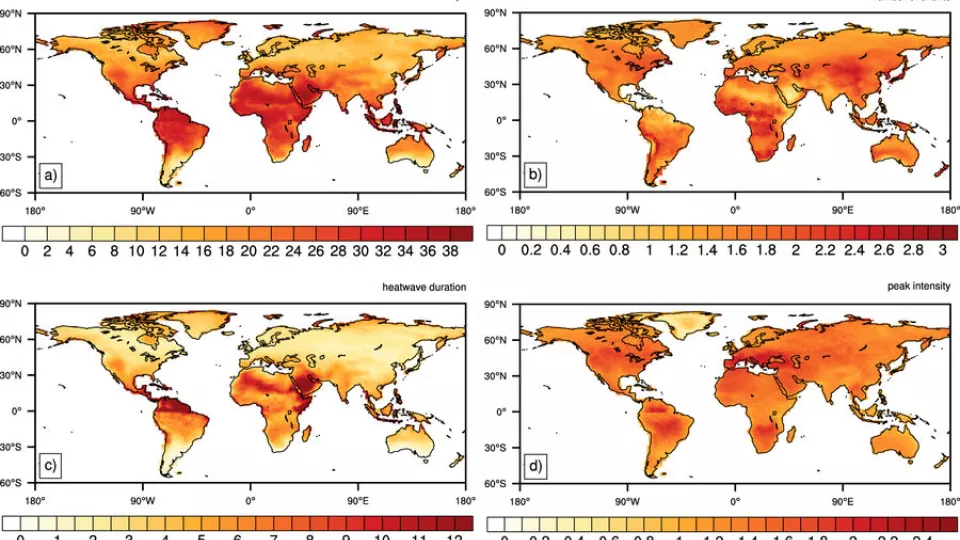Can you explain the concept of resource mobilization in neighborhoods linked to sustainability?
Resource mobilisation at the neighborhood level is a process of managing resources (i.e. funds, information, goods and services), developing institutions and organising people to act collectively towards improving their quality of life and their neighborhood. This process recognises that the foundation of city development strategies, integrated urban planning, transparent governance and an inclusive society, should be locally rooted.
Why do you focus on heat waves specifically in your research?
Among different types of extreme weather (e.g. hurricane, tornadoes, flood, etc.), heat waves have caused more weather-related deaths per year than any other forms, and according to IPCC (Intergovernmental Panel on Climate Change) they are likely to become more common in the future in many parts of the world. We also know that cities are on average 10% hotter than the country side, which can lead to a greater number of mortality and morbidity in the society as well as the harm to ecosystem. All of these call for more research on what can be done to deal with the impacts of heat waves in urban areas.
Why did you choose to explore issues that impede or facilitate resource mobilisation?
While the impacts of heat waves are diffused and diverse, they hit the low-income, marginalised and vulnerable groups harder as they often have limited access to urban services. A question that can be raised here is what can give these people the capacity to act collectively to gain better access to resources and be well-prepared to deal with the heat waves impacts. This, in turn, calls for developing knowledge about underlying mechanisms that impede or facilitate resource mobilisation at the neighborhood level, which I’ve chosen to focus on.
Why do you think this field of research is specifically important?
As mentioned above, I believe this is an interesting field of research because it once again contends the solutions to sustainability challenges we are facing now and in the future, cannot be achieved without understanding and addressing the bigger social issues, such as social exclusion and unequal access to urban resources and services.
What are you results so far? Has anything in the research surprised you? What are the next steps?
My research is still at the early stage of literature review on resource mobilisation strategies from different perspectives, e.g. insights from political sociology and critical urban theory on social movements and grassroots initiatives in relation to natural disasters including heat waves. More to be shared in the future.
